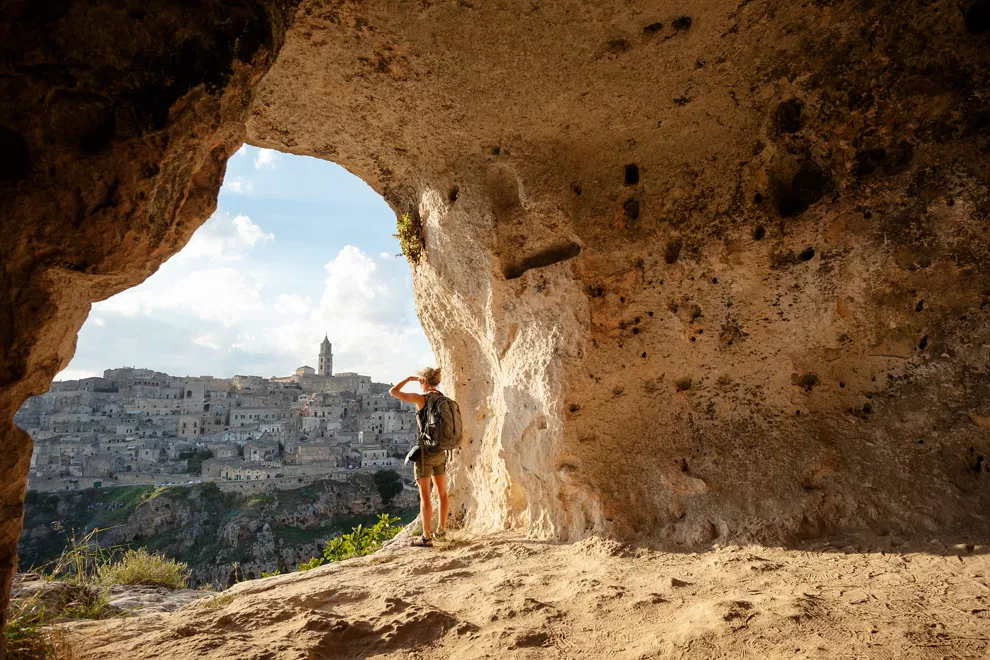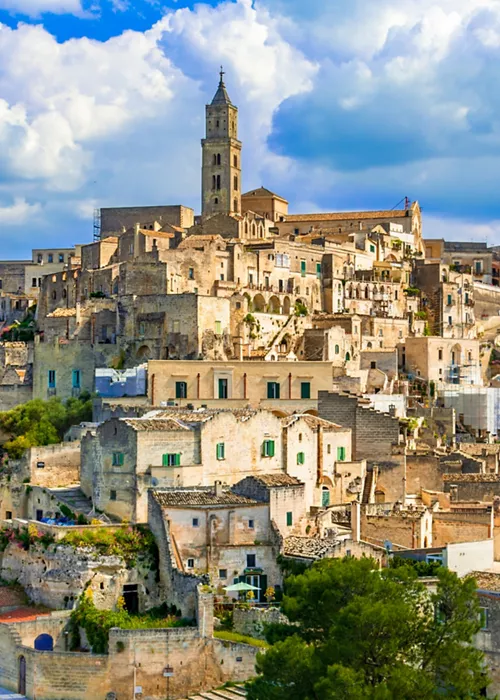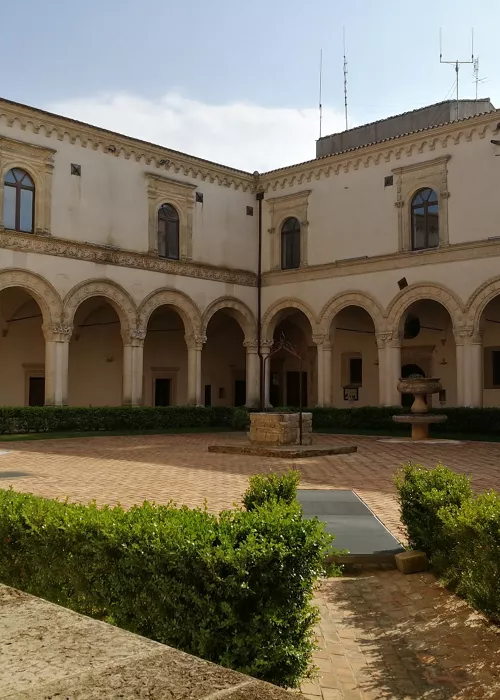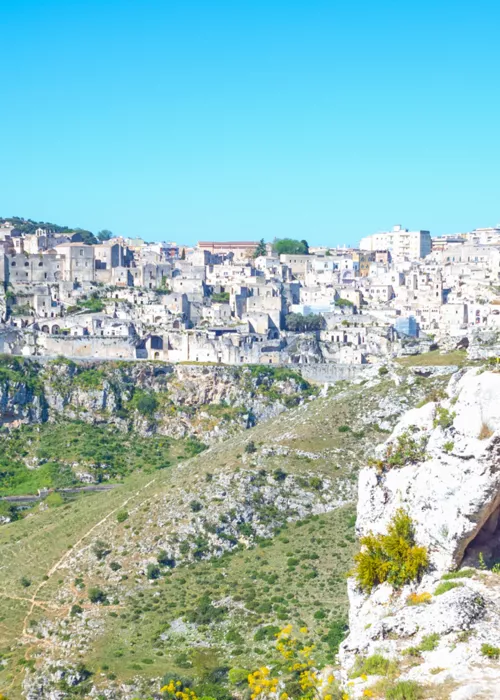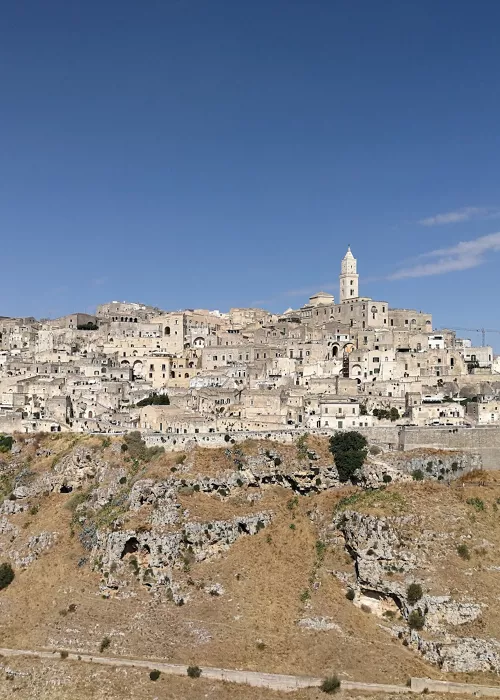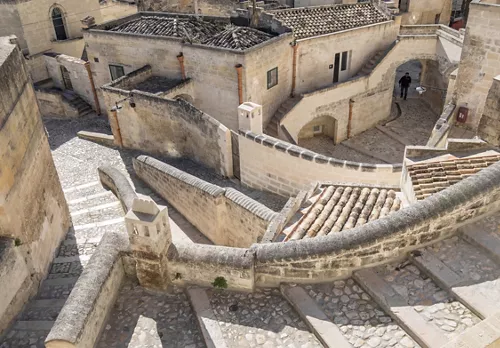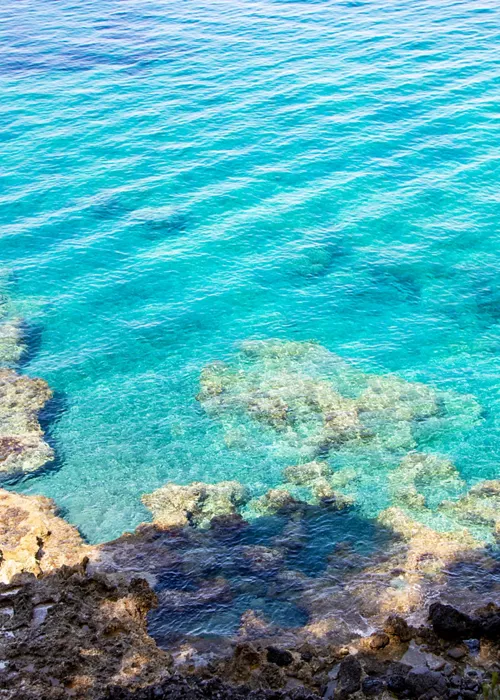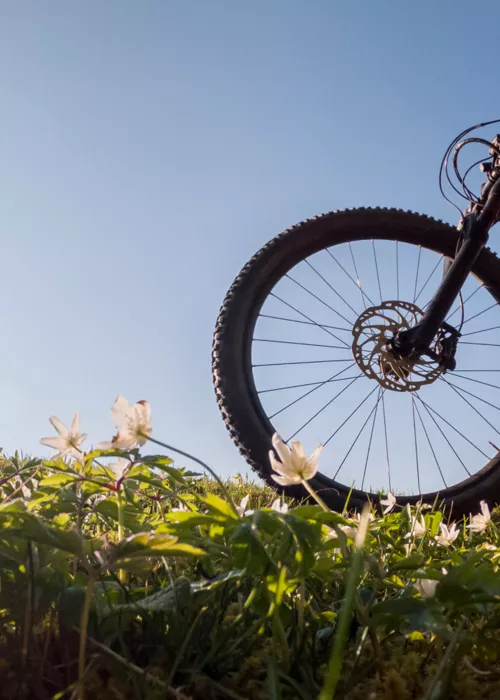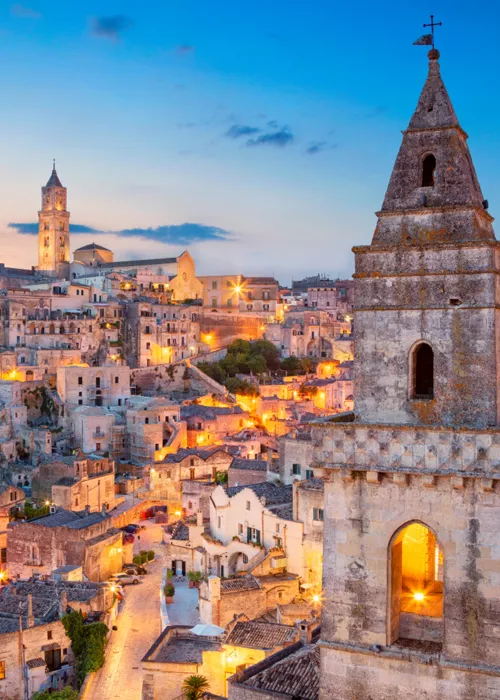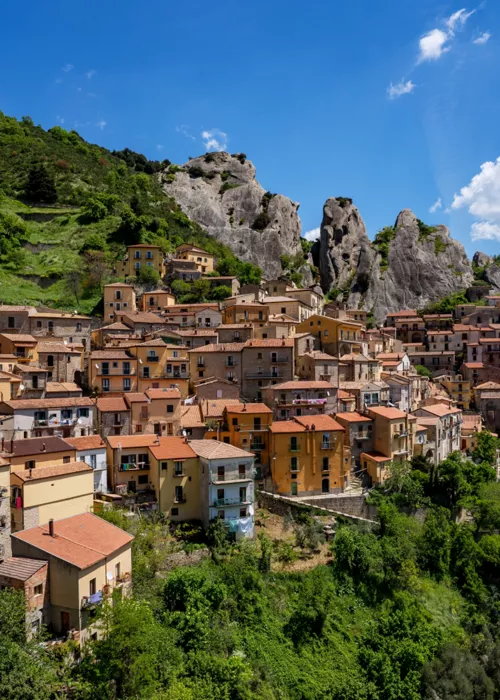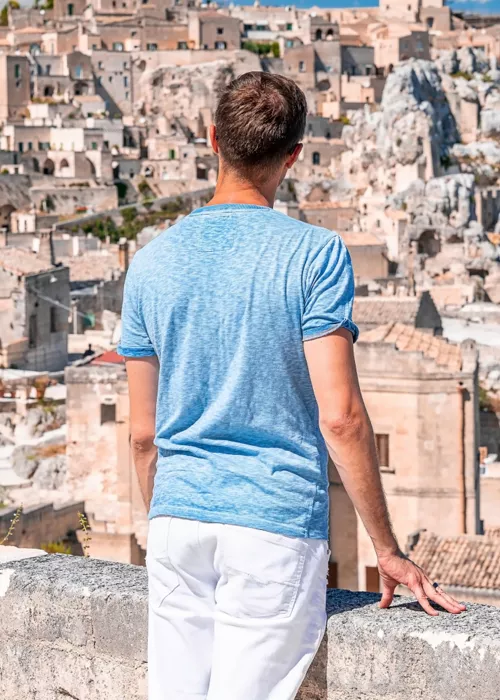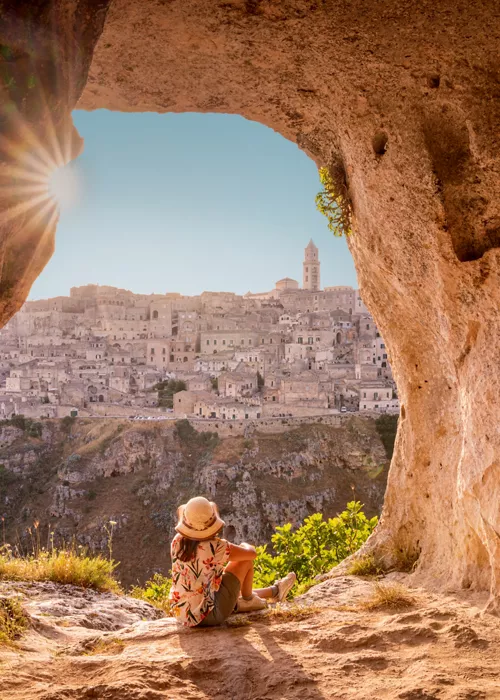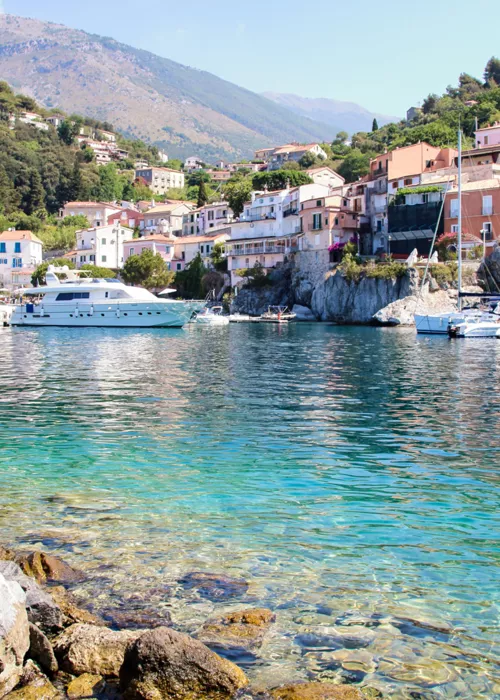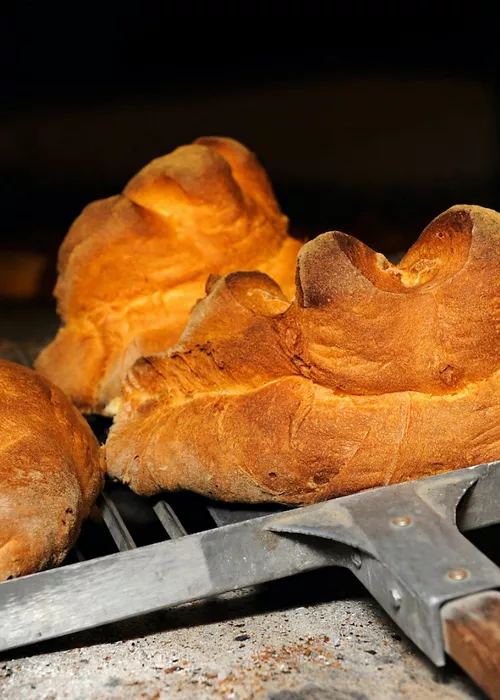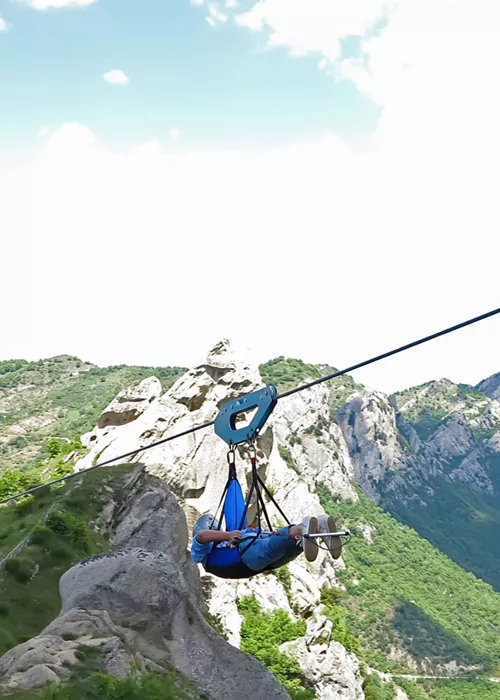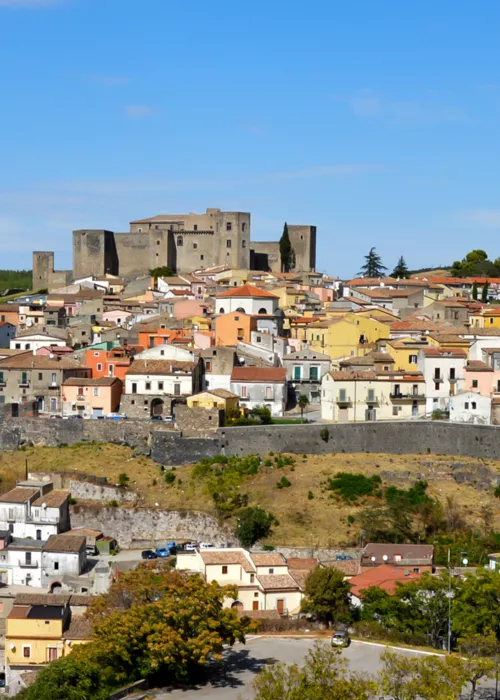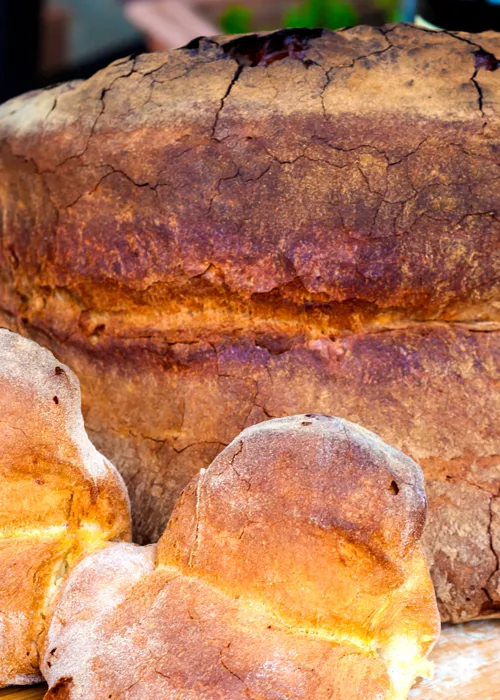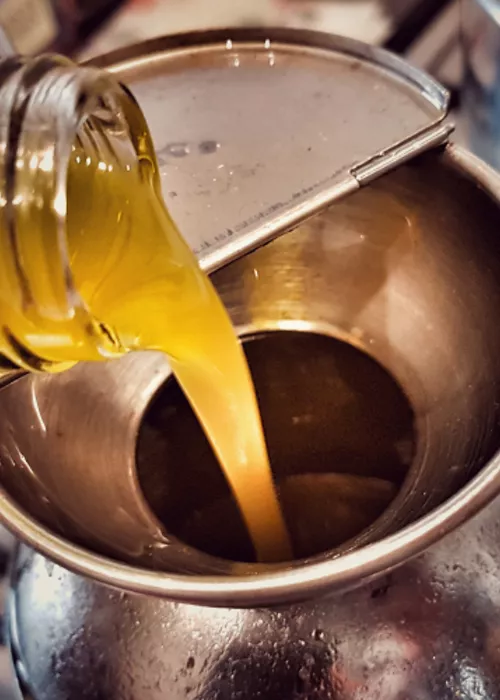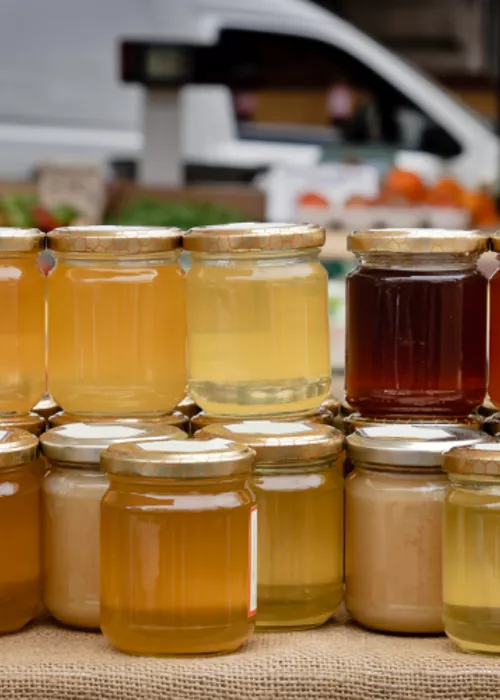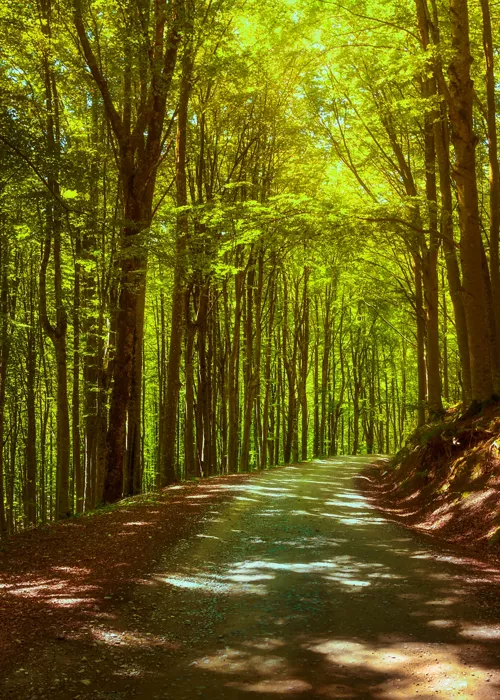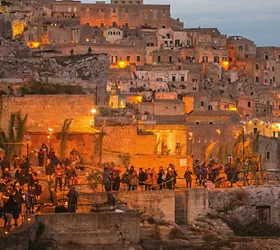The Murgia Materana Park
2 minutes
The Murgia Materana Park was established in 1990 with the name of Parco Regionale Archeologico Storico Naturale delle Chiese Rupestri del Materano (Natural Historic Archaeological Regional Park of the Rock Churches of the Matera region). This is the spectacular Italian rocky landscape which best testifies the ancient relationship between man and nature in southern Italy.
Man and the land
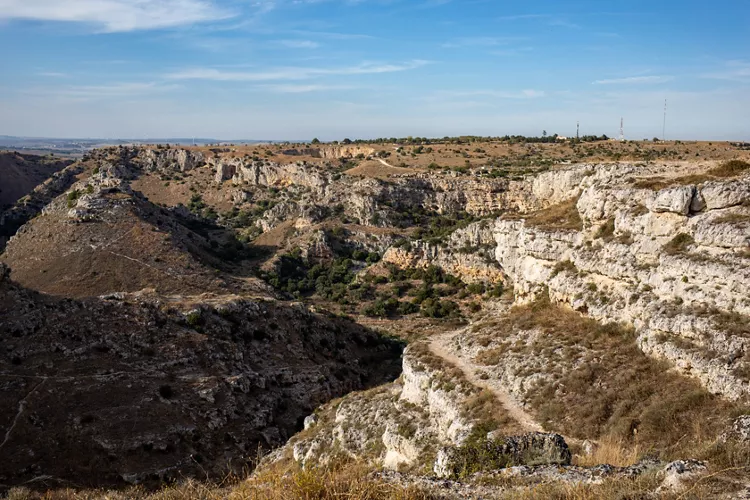
The park, which is located between the towns of Matera and Montescaglioso in Basilicata, a few kilometres from the border with Apulia, is characterized by a soft rock called "tuff" (the correct name is limestone), which has played an essential role in the shapes taken on by the landscape, by drawing cliffs, gorges and caves used by man who settled here since prehistoric times. The construction technique was that described as "architecture in negative" i.e. not actually building, but removing matter from the rock (by digging), in order to actually obtain architectural structures. That is why the Parco della Murgia presents Palaeolithic caves (Bats Cave), villages dating back to the Neolithic, Bronze and Iron Ages (villages of Murgecchia, Murgia Timone and Trasanello): all pre-historic sites that tell us about human presence mostly made up by shepherds and herdsmen. There are also farms, sometimes fortified, the characteristic sheep enclosures called "jazzi", cisterns, water troughs and wells.
The Rupestrian Churches
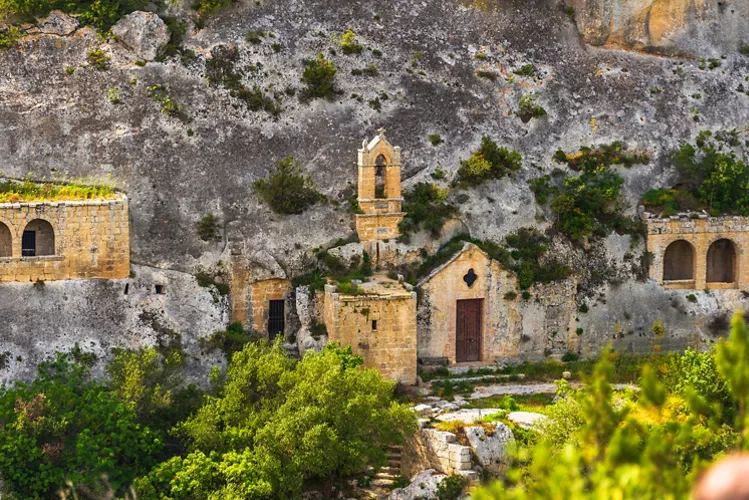
There are over 150 rock churches in the Murgia National Park all present different architecture and iconography, among these we can name San Leonardo, San Giacomo, Cappuccino vecchio and Santa Cesarea. They were made mostly in the early Middle Ages during a period that saw the intersection of the Greek Byzantine culture with the Latin world and they also are carved into the rock. What is most surprising is that even though they were born as places of worship, in the course of time the churches were also used for other purposes, being turned into homes or animal shelters when required. These churches also represent an important evidence of human presence, in particular relating to Benedictine monks, Longobards and Byzantines.
Nature
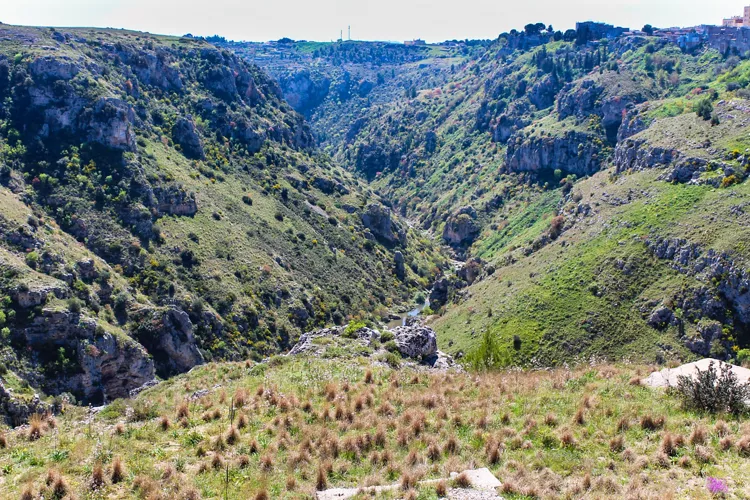
The Murgia National Park is characterised by a varied and wild nature which includes approximately 1,200 botanical species (one sixth of the national flora and a third of the region’s): a remarkable number for an area of about 7000 hectares. In this magnificent place crossed by the river Bradano and the streams Gravina and Jesce, there are about a hundred rare and extremely rare species. Abundant wildlife testimonies to this amazing natural wealth: foxes, hares, porcupines, wild boars and wild cats along with important birds of prey such as the red kite, the Lanner falcon, the Egyptian vulture and above all the lesser Kestrel with spread wings, the small raptor which is the park’s symbol.
Good to know
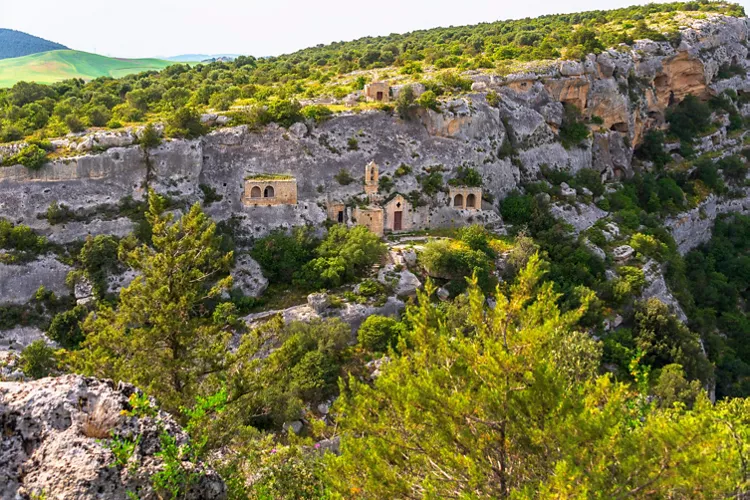
The CEA Environmental Education Centre of Matera was created to help discover and learn to love the Murgia National Park of the Matera region by annually proposing hikes, meetings and guided tours for thousands of visitors of all ages. Numerous tokens of the prehistoric period are preserved at the National Museum “Domenico Ridola" in Matera, while traces from the Greek (VIII-VII century BC) and Roman period (from III BC) can be tracked down in the area of Montescaglioso.

